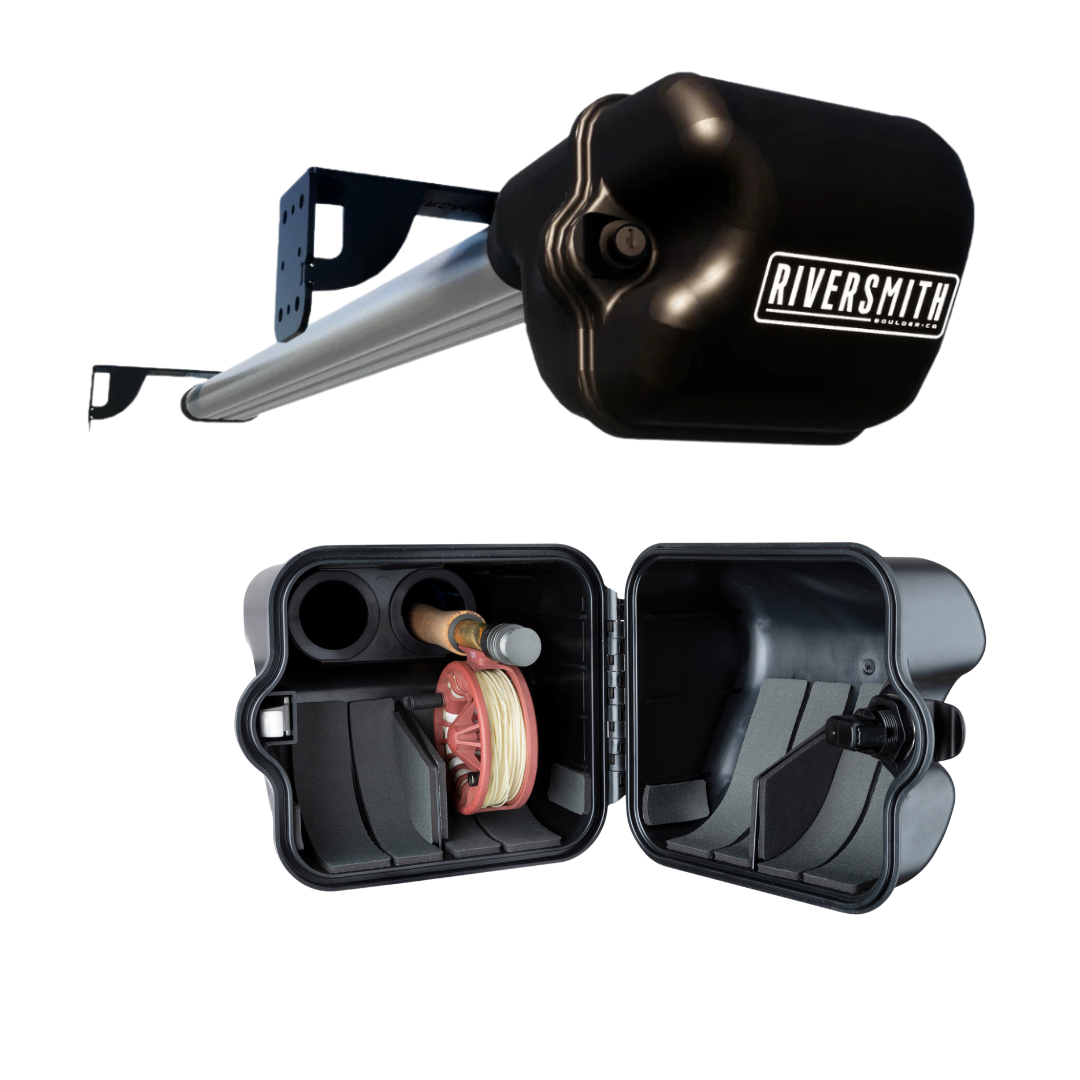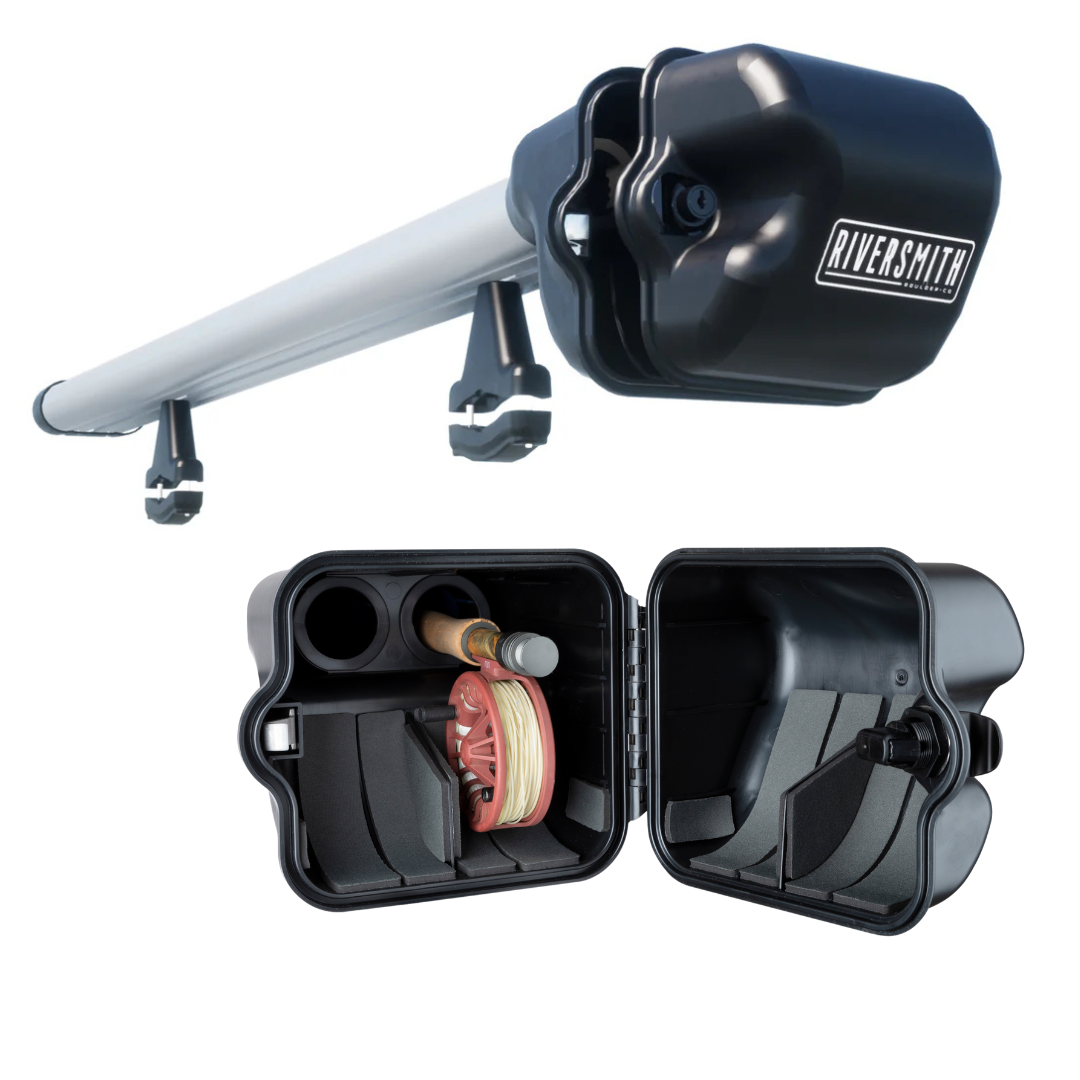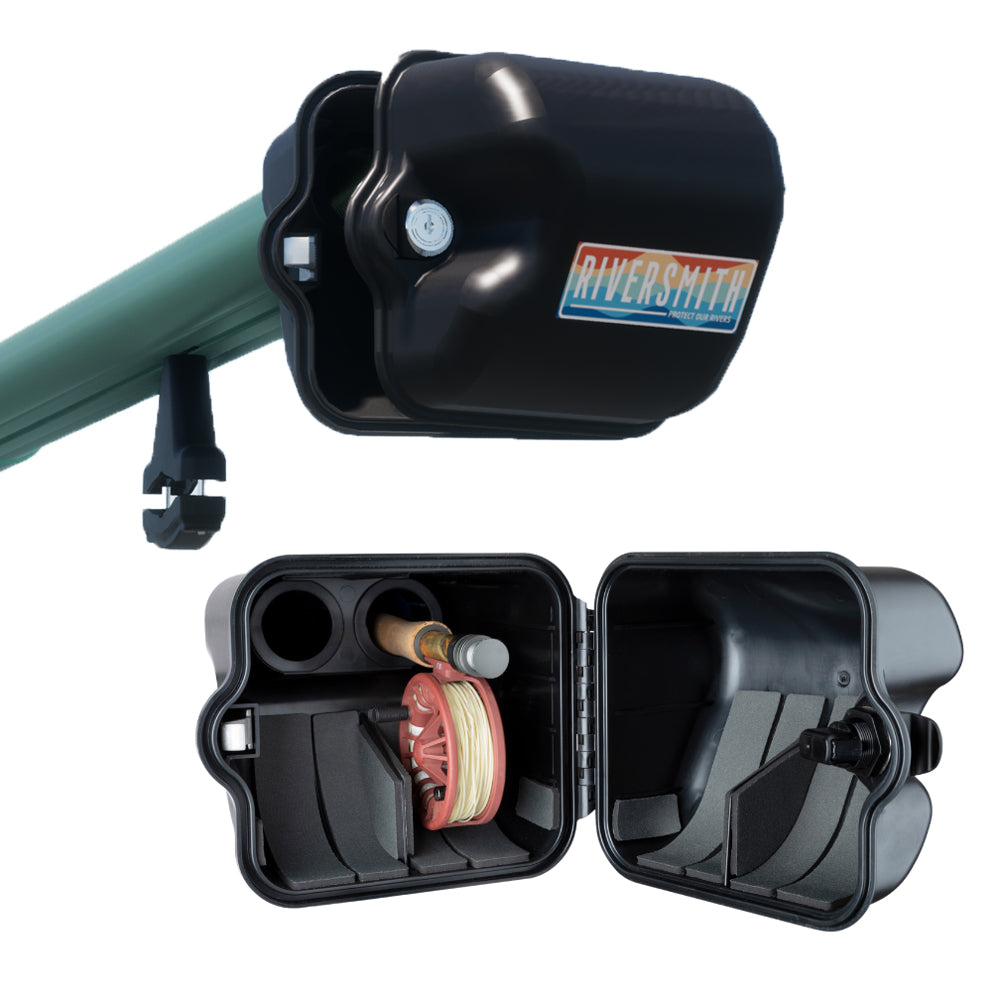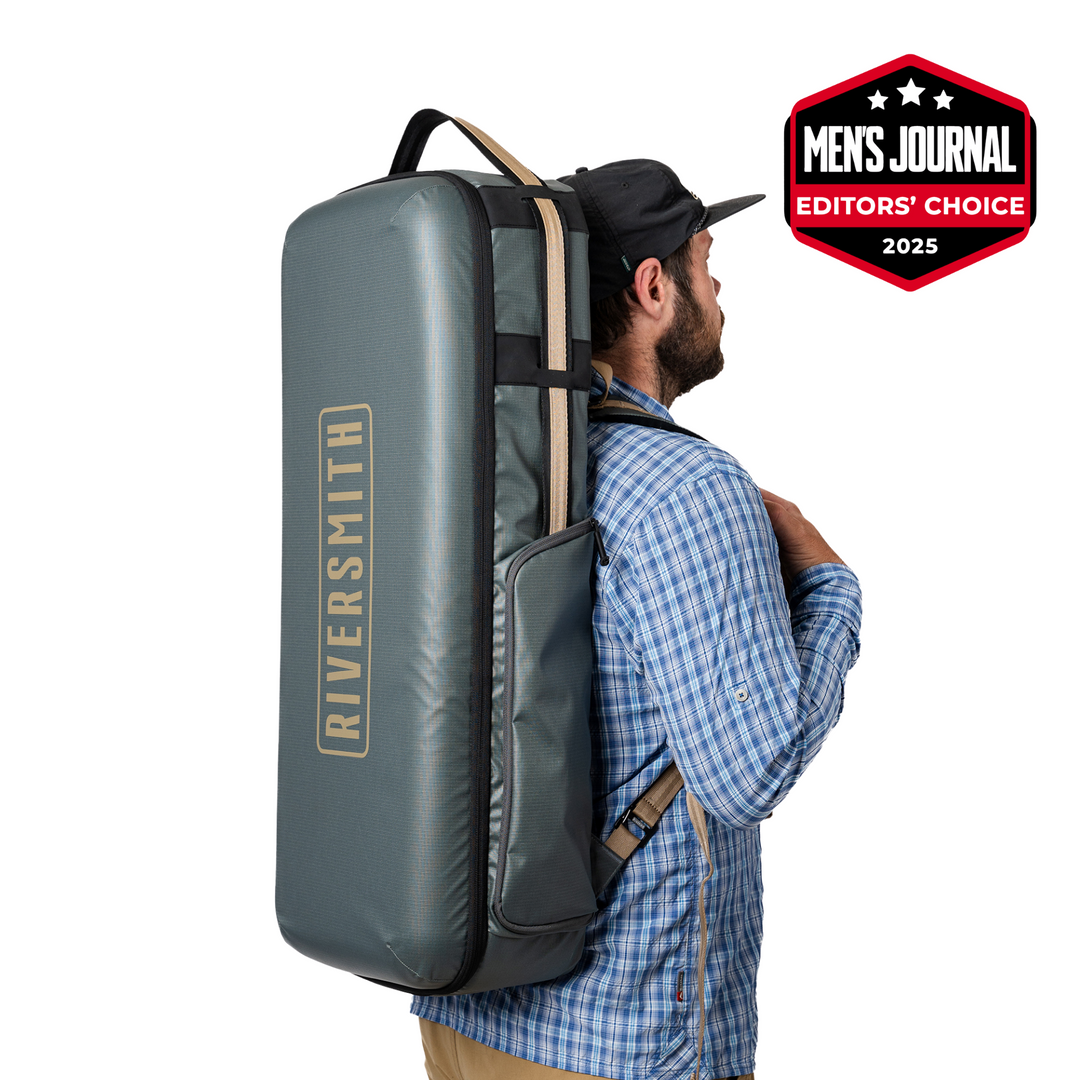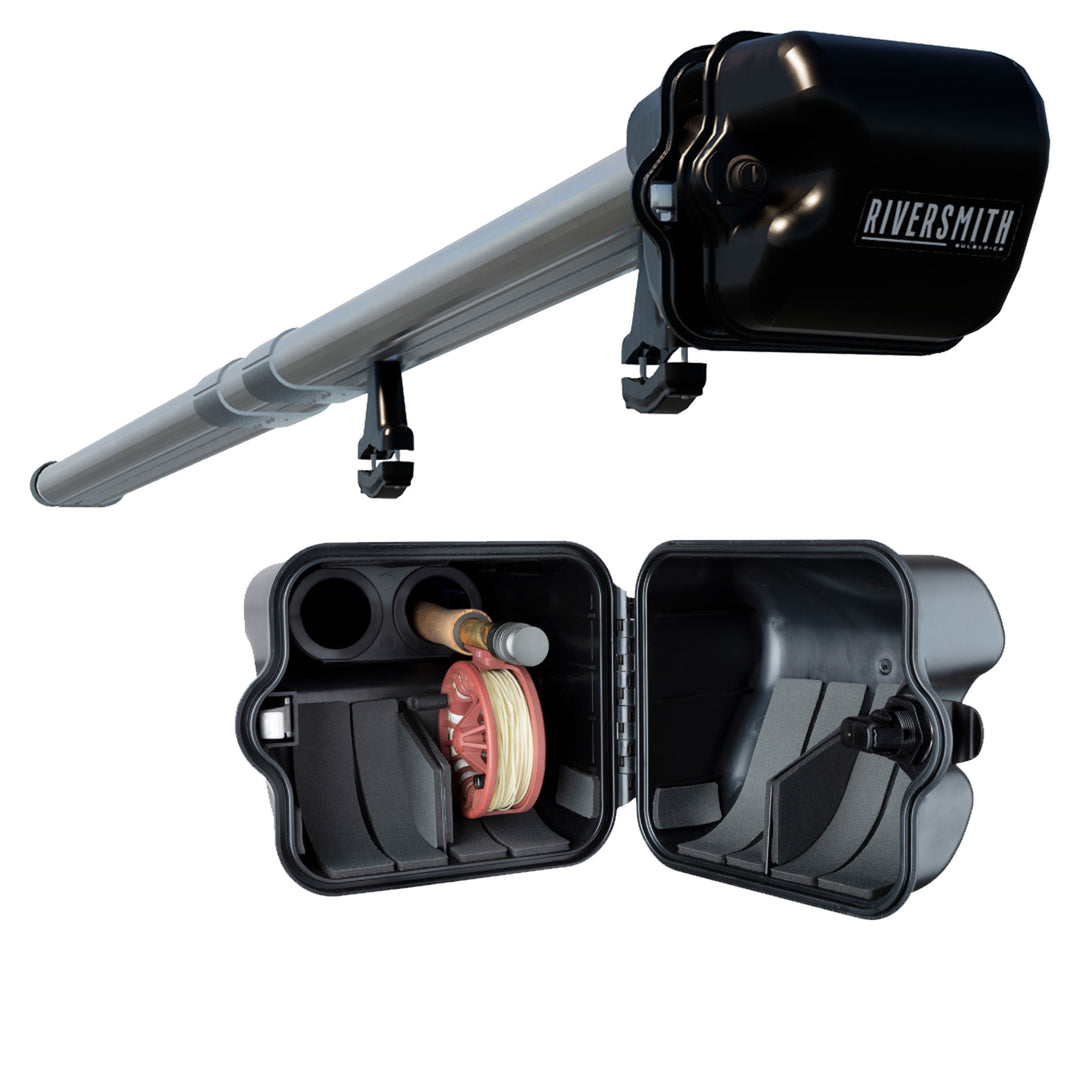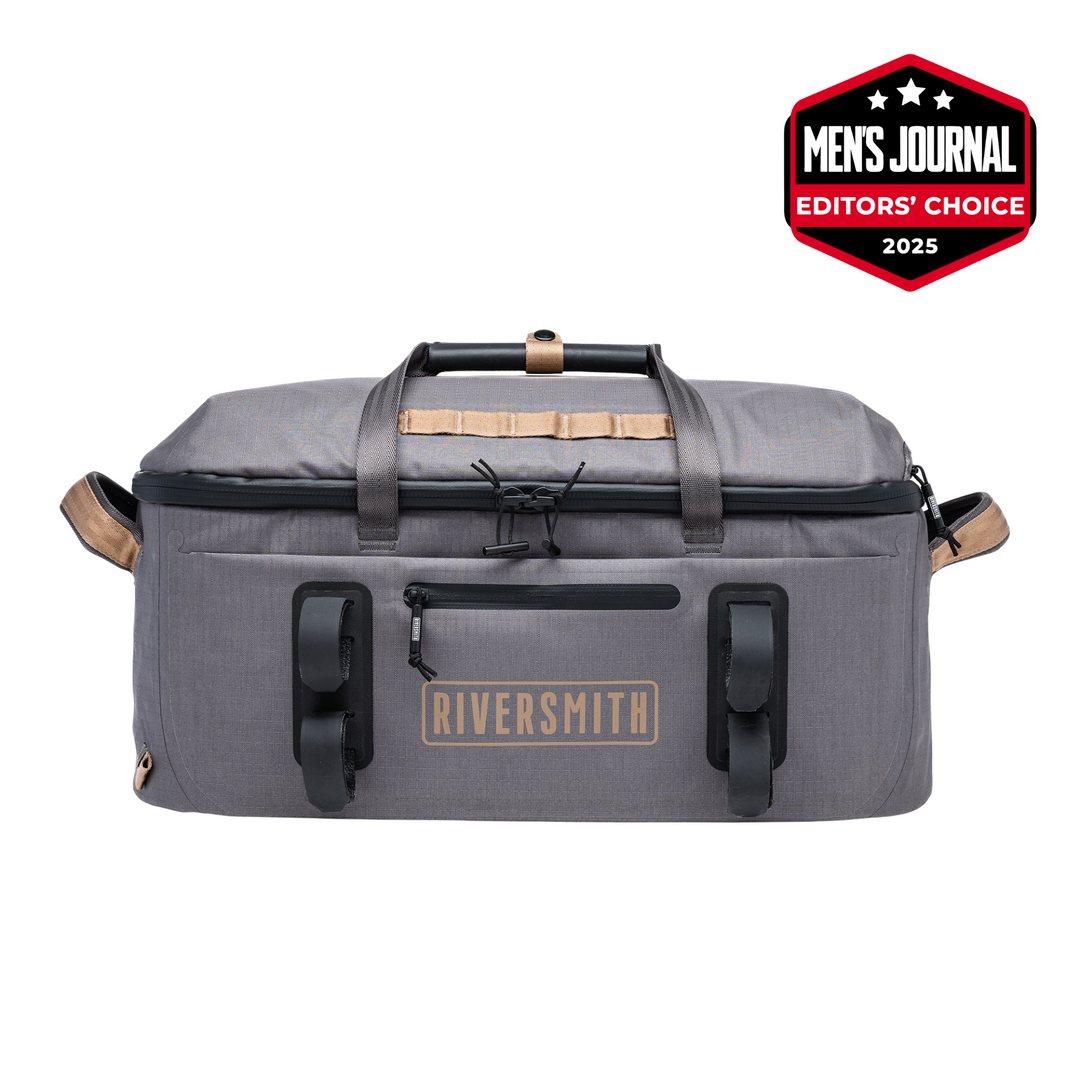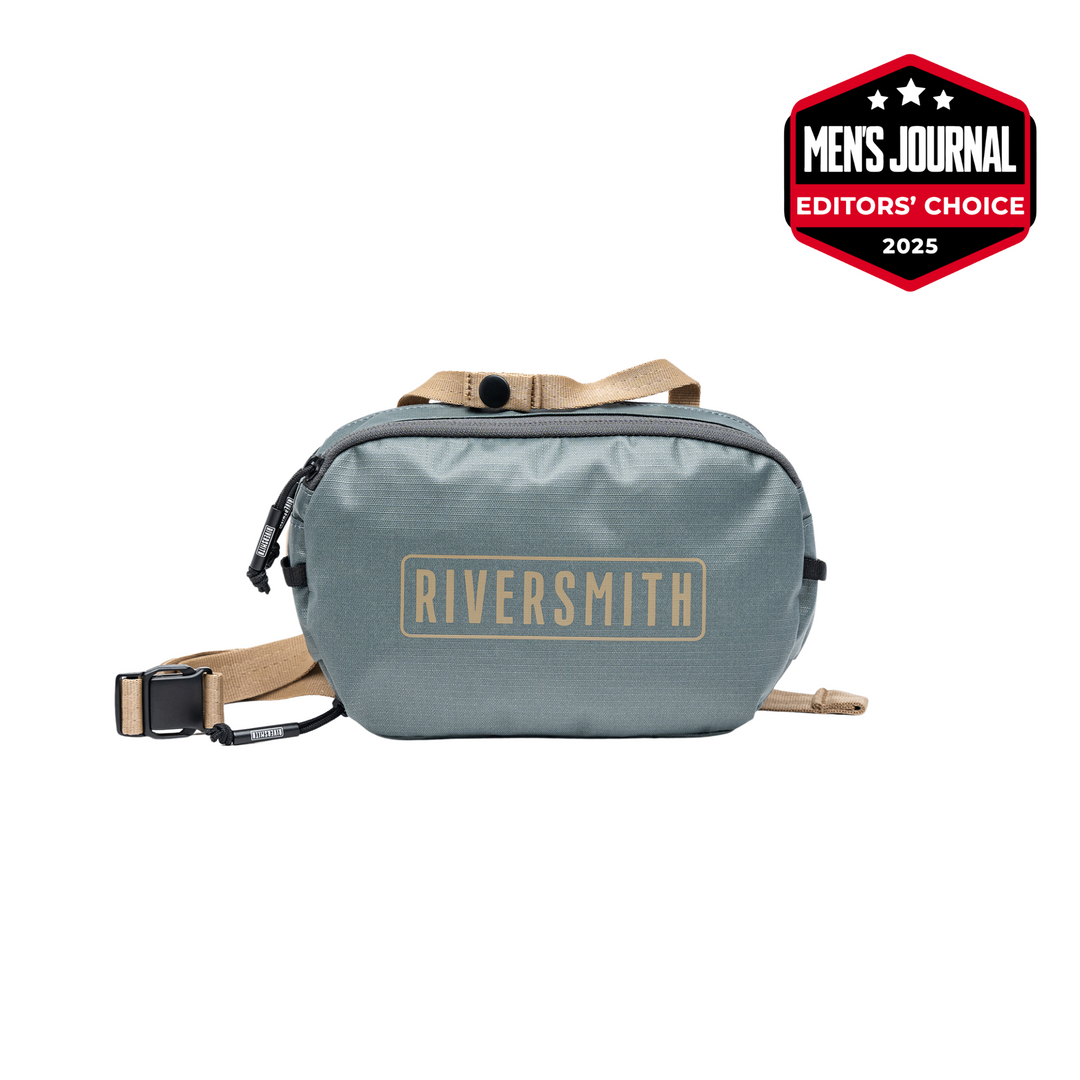Introduction to the Eastern North American Native Fish
The only native trout species east of the Rockies, the brook trout is a freshwater fish native to Eastern North America, but are found in waters throughout North America, Iceland, Europe and Asia. They get their name for the habitat in which they are found; their scientific name, salvelinus fontinalis, is broken into two parts. Salvelinus is taken from a word meaning “little salmon,” and fontinalis is Latin for “living in springs.”

Scientific name aside, the brook is a fish with many names; the eastern brook trout, speckled trout, brook charr, squaretail, brookie or mud trout are only a few. Found as far south as the Appalachian Mountains in North Carolina and as far west as Minnesota, the brook trout is the state fish to nine eastern states. These states include Michigan, New Hampshire, New Jersey, New York, North Carolina, Pennsylvania, Vermont, Virginia, and West Virginia.
Brook trout are a migratory species, meaning that they move from one location to another during different seasons in order to find a more suitable habitat. The two different migratory brook trout populations are known as salters and coasters. Salters are anadromous, which means they live most of their lives in saltwater but run upriver to spawn in freshwater when the time comes. Coasters, the other migratory population, live in the upper Great Lakes and are potadromous, or live in lakes but spawn in rivers. Because of their fall spawning season, “brookies'' can outbreed any other species of fish, which is how they made it west to states like Colorado as early as 1872, and became the first salmonid species to be found in Colorado.
Appearance and Size
Dark green and dark brown, the brook trout has a marbling pattern, also known as vermiculation, with lighter color spreading down along the flanks and the fish’s back, down to the dorsal fin and to the tail of the fish. The dark spots found on the top of the brook’s back are worm-like in shape and provide a brilliant contrast to the fish's appearance. Along the flanks, red dots encircled by light-hued blue halos can be found and the fins attaching to the lower belly are a distinguished red. The underside of the fish fades from the distinguished red to an almost milky white color, which really stands out compared to the brook’s darker back. During spawning season (typically October to November,) the belly becomes a great deep red or orange, which is the most noticeable in the males.
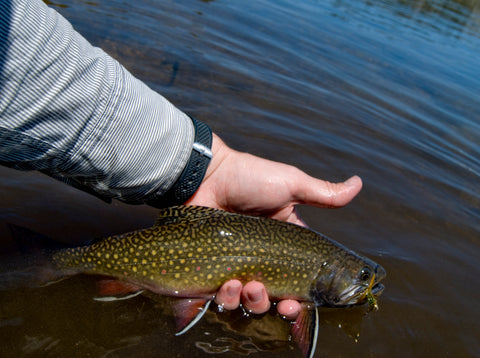
The size of a brook trout can vary greatly. Anywhere from nine inches to twenty-six inches in length, and varying from a half pound to seven pounds in weight, they can also reach up to seven years of age. However, they can break out of those typical parameters and become outliers. The biggest brook trout ever caught was in 1916 on Ontario's Nipigon River; the trout caught was thirty-one and a half inches long and weighed over fourteen pounds!
Brook trout are not only popular fish because of their beautiful and distinguished look but also because of the places they take you to in order to find and fish them.
Habitat and Diet
Brook trout can typically be found in large and small lakes, rivers, streams, creeks, and even spring ponds. They are the most drawn to clear waters that maintain high purity. So much so, they are extremely sensitive to decreased oxygen levels in the water, mild pollution, as well as off-balanced pH levels. Many non-profit organizations in the sport, such as Trout Unlimited, dedicate a ton of time and energy to the freshwater habitats of brook trout because of their extreme sensitivity.

They are also prone to seek waters that exhibit waterfalls, large boulders, or downed trees. Because of these specifications, you often fish in plenty of solitude and surrounded by serene beauty. They certainly make you work for their presence by requiring you to hike back into the wild country, far from any roads or convenient pull offs. However, they give you a little break when it comes to what they enjoy feeding on most.
Brook trout predominantly feed on larval, pupal, and a large variety of aquatic insects such as mayflies, stoneflies, and caddisflies. They also take to insects that may not be from the water, but fall into it by the force of wind, weather, or some other environmental circumstance. The insects that don’t belong in the water but brookies will eat include a great range of bugs, such as beetles, grasshoppers, ants, and crickets.
Fairly adaptive and multidimensional by nature, the only condition a brook trout is the most picky about is the water itself.
Fishing for Brook Trout
The single most defining quality to seek when fishing for brook trout is cold water. In fact, brook trout waters rarely exceed 68 degrees Fahrenheit in temperature, and that includes during the seasons that make up the hot summer months. In that 68 degrees or cooler water, they peruse deep pockets in the water that are surrounded by plenty of woody material. The woody material, like logs and branches, provides plenty of places to hide and create disturbances along the water’s surface, so they are more likely to be left unseen by predators and can swim about freely.
Because brook trout are drawn to heavily wooded areas, it’s important to ensure that the footwear you sport enables plenty of ability to hike woody landscape and traverse unpredictable ground conditions. You may even have to enter the water and traverse the woody material fallen in the water in order to reach their favorite spots. Rather than actually hiking in your hip boots or chest waders, make room for them in your pack so you can enter the water when it’s necessary, allowing you to reach the heart of their home.
When it comes to the bait used to catch a brook trout, it’s best not to overthink it. A simple worm will do the trick and is often the simplest yet greatest contributing factor when it comes to catching brook trout back-to-back. That being said, even a simple worm and hook requires a couple of considerations.
A lack of a weight allows the worm to remain on the water’s surface, providing a more natural presentation to the brook. However, a weighted line helps with casting and can allow the worm to penetrate deeper into the water’s surface, which can make the hopes of a catch a bit more promising. Whichever way you choose to go about the catching of a brook, keep in mind that they are more active during dawn and dusk and retreat during the peak of the day.
Brook Trout; If They’re Seen, the Water’s Pristine
For generations, anglers all over the world have enjoyed seeking and catching the brook trout. Not only because of their beautiful features and unique history, but because of the places they take you in order to catch them.
A common saying about brookies in the fly fishing community is “if they’re seen, the water’s pristine.” While brook trout have always been a prized game fish, they are also viewed as indicators of the biological integrity of streams. So if you’ve come across a brookie, chances are high you have found yourself in some incredible, untouched nature. It doesn’t get any better for an angler than fishing for brookies!




